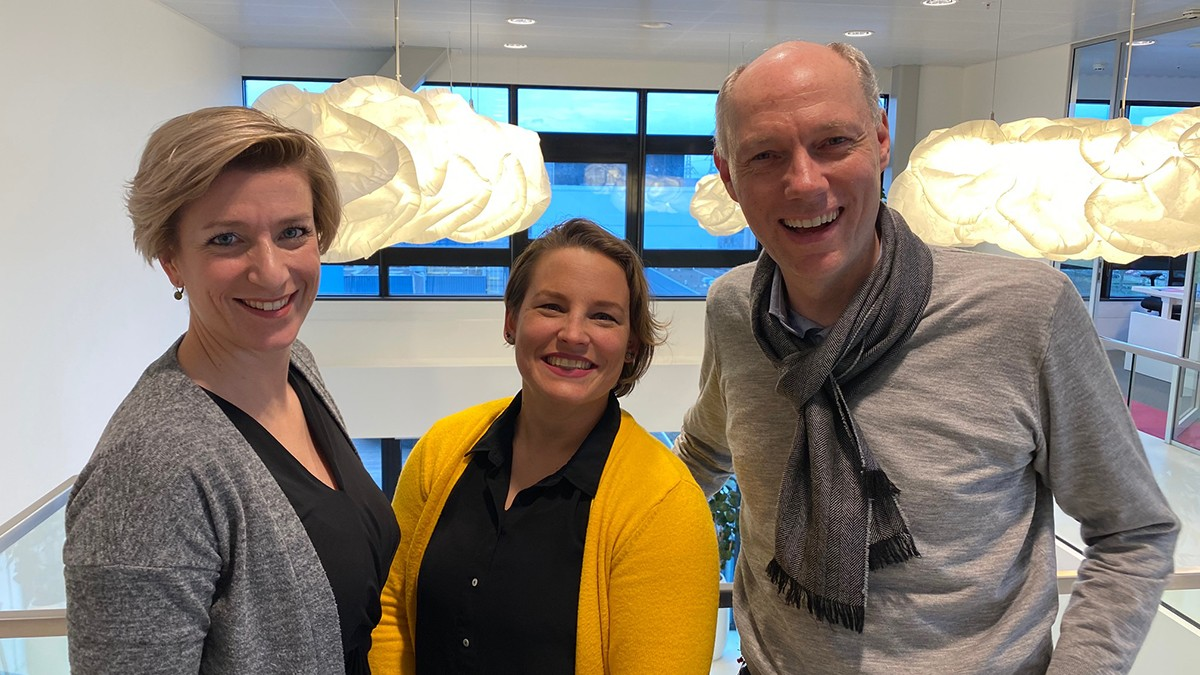DSM: Challenging the notion that great minds should think alike

Executive summary
DSM is a company with evolution in its DNA. Once a state-owned coal mining operation (Dutch State Mines) turned into a bulk chemicals company, DSM is now a leading innovator in the life sciences space, boasting a cutting-edge portfolio of nutrition, health, and sustainable-living products used by millions every day. The company’s transformation has been so radical that CEO Feike Sijbesma, who has led the organization since 2007, reports that the name DSM has taken on a new interpretation for many: “Doing Something Meaningful.”